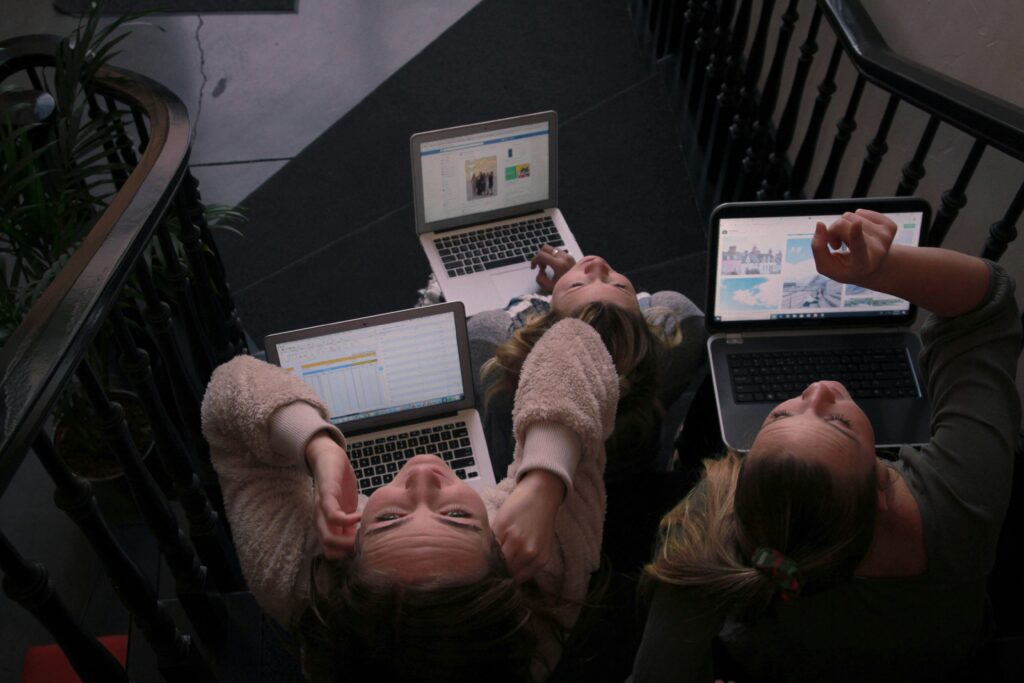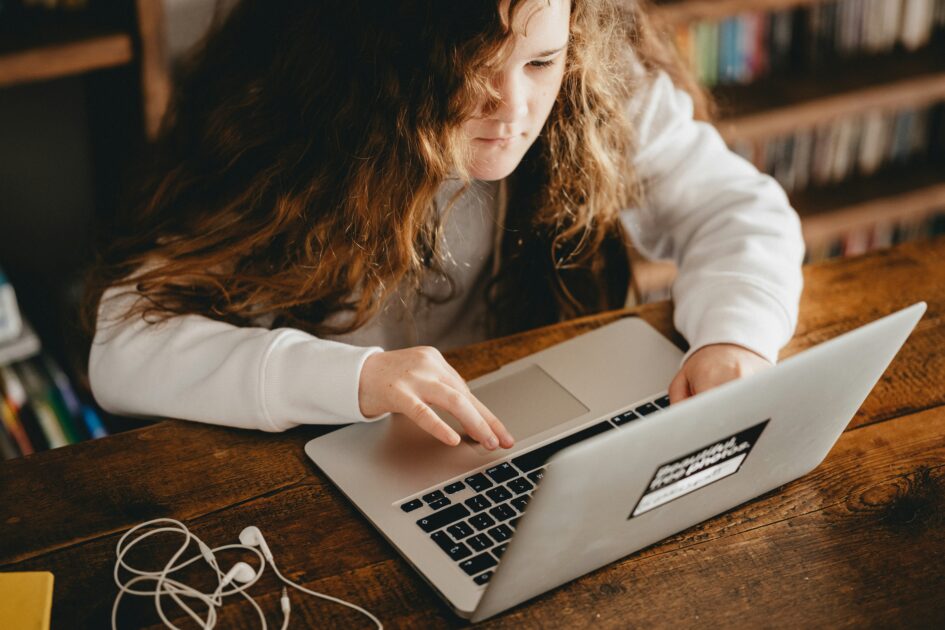Photo by Annie Spratt on Unsplash
What is personalized learning, why is it important, and how can educators achieve it?
Personalized learning is an educational experience or set of experiences that have been personally designed for you, either by yourself or an outside party (i.e. educator, trainer, etc.). Personalized learning is beneficial as it caters to learning theories, styles, motivation techniques and interests that directly relate to you. If designed correctly, it often leads to higher success and greater motivation to succeed. For example, when I was in elementary school, I had one year where I had to study one of the provinces of Canada. When introducing the project, my teacher walked around the room and had us pull the name of a province out of a hat. We then had to study that province. Now, this teacher may have been trying to hook us in and excite us, potentially using a motivation tactic, such as attention from John Keller’s ARCS model, but this had the opposite effect on me. I had family all over the country and was motivated to study a province that they came from so I could feel more connected to them. I was disappointed to pull a province I had no ties to and although I learned a lot about that province, my motivation was not there. The following year, we did a similar project but we had to research our ancestry and pick one of the countries where our ancestors originated from. Having the choice between a few countries and knowing I was learning about my family and where they came from held my motivation. This, to me, felt like an example of a personalized learning experience.
As educators, creating personalized learning experiences for each student can feel challenging. I was often wondering where to even start. I now know that by understanding neuroscience, common learning theories, and different motivation tactics, I can follow the design thinking process to create these opportunities for my students.
Technology, social media and personalized learning

Social media and technology have recently been a big topic in educational research. Many are for it, and many are against it. Why? Well, we cannot begin to deny that social media and technology aren’t becoming increasingly prevalent in our society. It is only going to become more common, so why are we trying to deny this? By bringing technology and social media tasks into the classroom, we have potential to increase motivation and decrease learners anxiety (Bui et al., 2023). Creating an Instagram post that talks about the importance of recycling feels far less daunting for students than having to write a paper on it using the same word count. However, that isn’t to say that those who are against the use of social media and technology are wrong. The list of negative side effects that comes from their use is daunting. Students spend enough time on their devices outside of the classroom, why would we subject them to and encourage it’s use inside the classroom? Well, I believe it can be done in moderation. Educators can manage these risks by first informing their students of what technology is doing to their emotional and physical health, as well as how it impacts their brains ability to learn. They can also inform students of the risks associated with public communication and the consequences and laws behind its abuse. Educators can ask their students to truly be honest and have a moment of self reflection to see if they are experiencing any of the symptoms of technology, social media, and public communication overuse. The goal should not be to put anyone on the spot, but to have them personally reflect and decide themselves if they wish to cut back or change behaviours and habits. In terms of how to use social media and technology in the classroom, I believe incorporating it in moderation, with a few exciting tasks or assignments sprinkled throughout the year, is the best solution. In addition, teaching students about Personalized Learning Networks, how to create them, and how to use them is another good solution. Groups chats are something they are likely already familiar with and having these networks for learning can make it more accessible and enjoyable. They encourage collaboration, autonomy, and the skill of life-long learning. It also takes some of the pressure off the teacher (we all know they need it).
Conclusion
Personalized learning is incredibly important for student success, enjoyment and motivation. Although it can seem challenging, educators can use the design thinking process paired with the knowledge of how learning works, common learning theories, and motivational strategies (like Keller’s ARCS model). Another way to create personalized learning experiences is through the use of personalized learning networks, technology and social media use in the classroom. Learning tech skills is incredibly important in todays society, especially with the use of generative AI slowly taking over human tasks. Ignoring this fact and shielding students from technology would be a wrong-doing. However, not informing students of the negative impact of their use would also be wrong. Finding a happy middle ground is our only way forward.
Sources
- Bui, H.P., Ulla, M.B., Tarrayo, V.N., Pham, C.T. (2023). Editorial: The roles of social media in education: affective, behavioral, and cognitive dimensions. Frontiers in Psychology. (14). https://www.frontiersin.org/journals/psychology/articles/10.3389/fpsyg.2023.1287728/full

Leave a Reply
You must be logged in to post a comment.